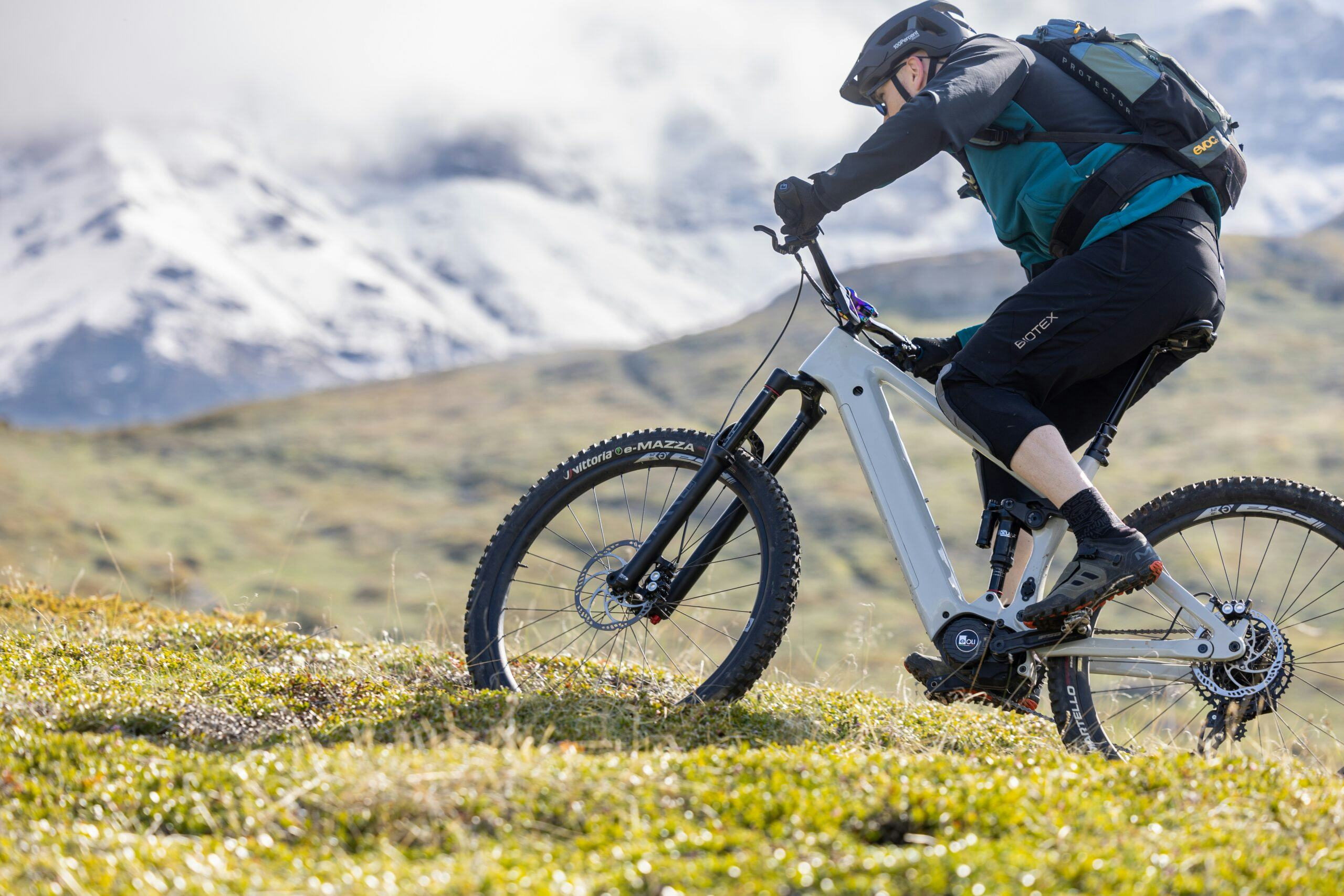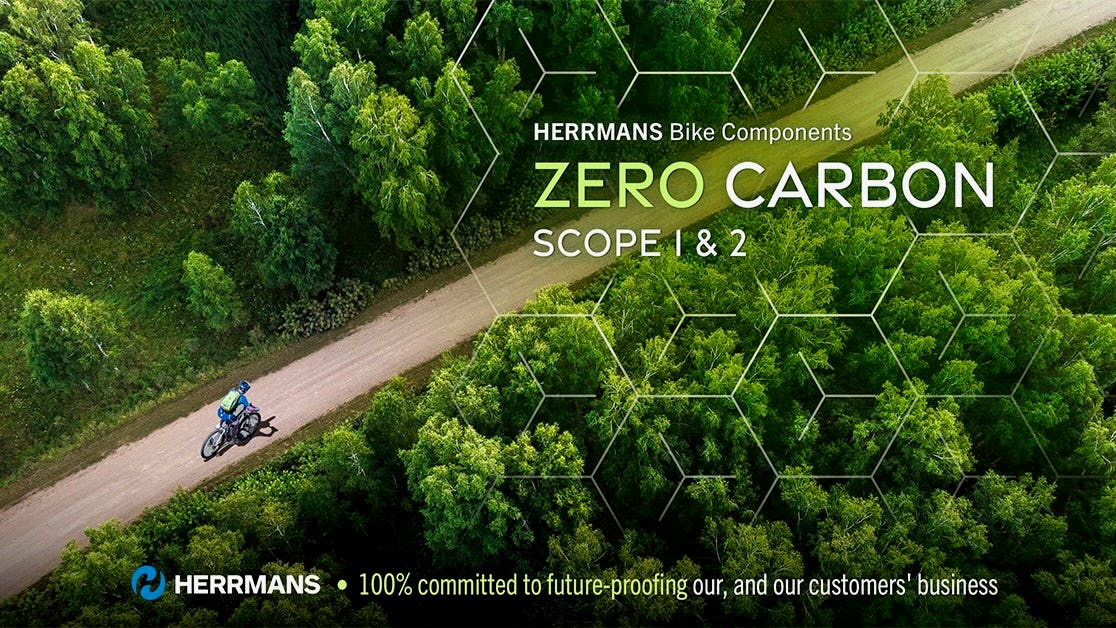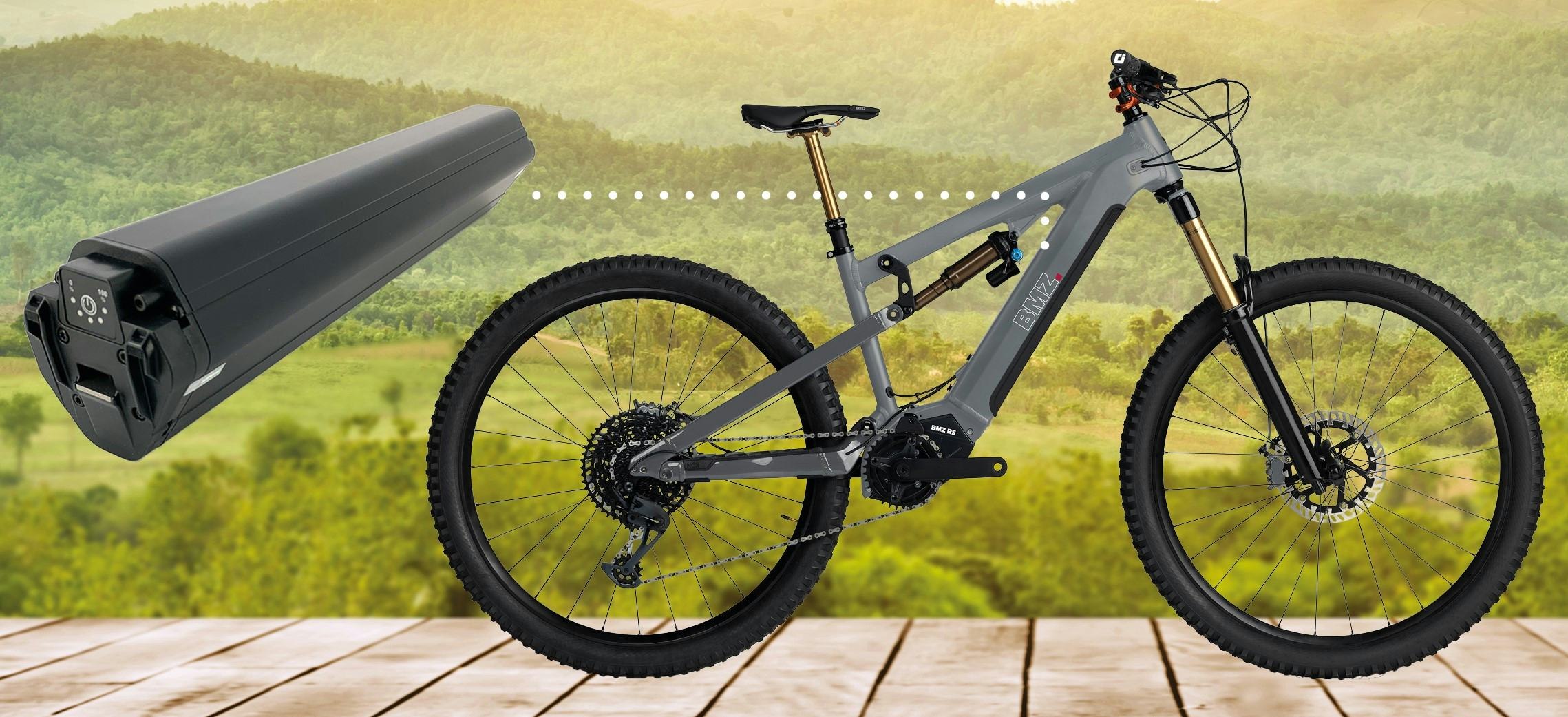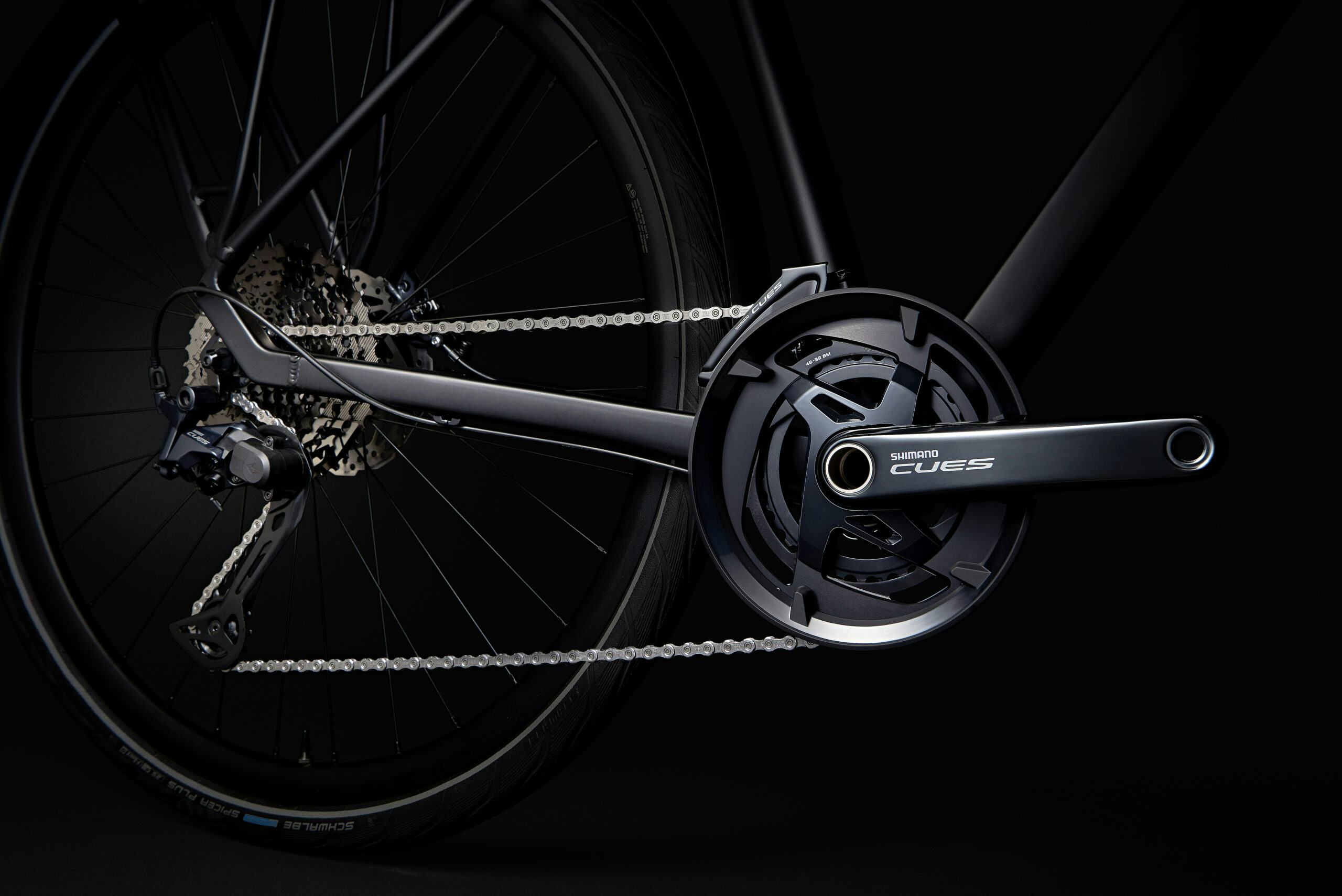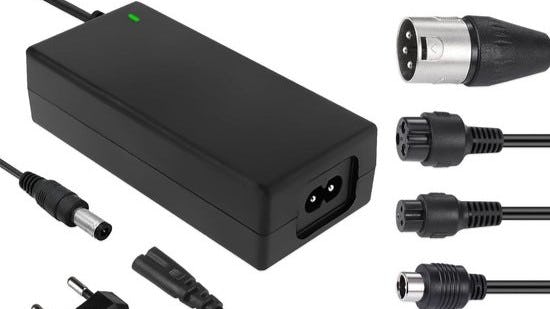To optimise the 5 year lifespan of e-bikes announced by manufacturers, regular maintenance is recommended. Often forgotten, the absence of these frequent check-ups reduces the lifespan of e-bikes and endangers the safety of the cyclist. Falls and immobilisation of the bike due to breakdowns will create frustration for the rider and have an impact on their brand experience. In this context, connectivity can provide both brands and cyclists with new possibilities, turning maintenance into opportunities.
The benefits of connected maintenance for brands
The connected bike is reshuffling the deck for maintenance services. Using data from the bike via a mobile application that is the interface between the cyclist and the e-bike, maintenance becomes simple. Connected maintenance adds real value, allowing brands to improve the cyclist's experience and maximise the bike's lifespan by moving towards preventive or even predictive maintenance.
Connectivity simplifies maintenance
Connected maintenance simplifies the maintenance of e-bikes for cyclists, who will know exactly when and what maintenance action to do. Instructions for preventive maintenance actions, pushed via the application, will make it possible to avoid certain breakdowns and possible falls.
With the smartbike, cyclists can avoid the hassle of having their bikes immobilised and can travel in safety. Predictive maintenance allows connectivity and AI to take customisation and maintenance service even further. By simplifying the maintenance follow-up, brands give serenity and safety to cyclists.
Lasting customer relationship
As far as brands are concerned, connected maintenance represents a real commercial lever. First, it plays an important role in creating a lasting customer relationship. It allows brands to accompany cyclists in the handling of their bikes and to regularly communicate with them throughout the process.
Secondly, through connected maintenance they can illustrate the durability of their product. With consumers increasingly aware of the ecological impact, the durability of a product is an important purchasing criteria.
Finally, in the long term, connected maintenance allows brands to implement an additional sales strategy. For example, when the battery reaches the end of its charge cycles, the brand can automatically trigger a sales email to acquire a new one.
What does connected maintenance mean for cyclists?
Velco developed a white label mobile application so that brands can offer connected maintenance to their cyclists. Within the app, the cyclist is guided by the brand to properly maintain the e-bike. With customisable alert notifications, tips, reminders and triggers, the brand offers its cyclists a complete and efficient support. For example, after riding a certain distance determined by the brand, the cyclist will receive a notification inviting him to check his e-bike. “You have traveled more than 1000 km. You should make an appointment to check up your e-bike!” or “You have reached 80% of your battery life...”
Very comfortable for the rider, it becomes easy to maintain the e-bike at its best without even thinking about it.
Multitude of services
In addition to maintenance, the Velco Rider mobile app enhances the day-to-day experience of the cyclist by providing access to a multitude of services: theft protection (notification in case of movement, audible alarm, assistance cut-off, geolocation), statistics and trip history.... Brands can thus use this new differentiation lever to trigger purchases and build customer loyalty. Want to know what your app would look like? Ask for free mock-ups customised to your brand colours.
This article is sponsored by Velco




